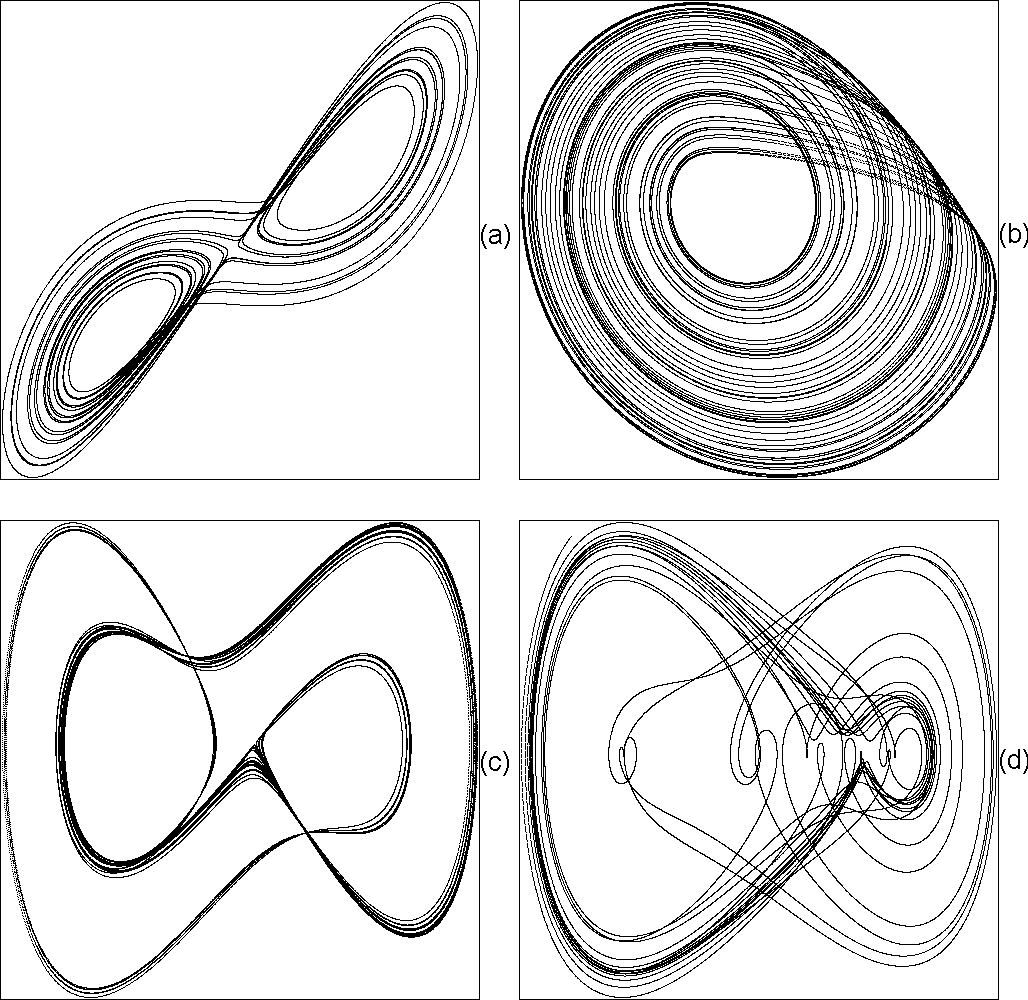
Fig. 1. Some early chaotic flows (a) Lorenz, (b) Roessler, (c) Moore & Spiegel, and (d) Ueda
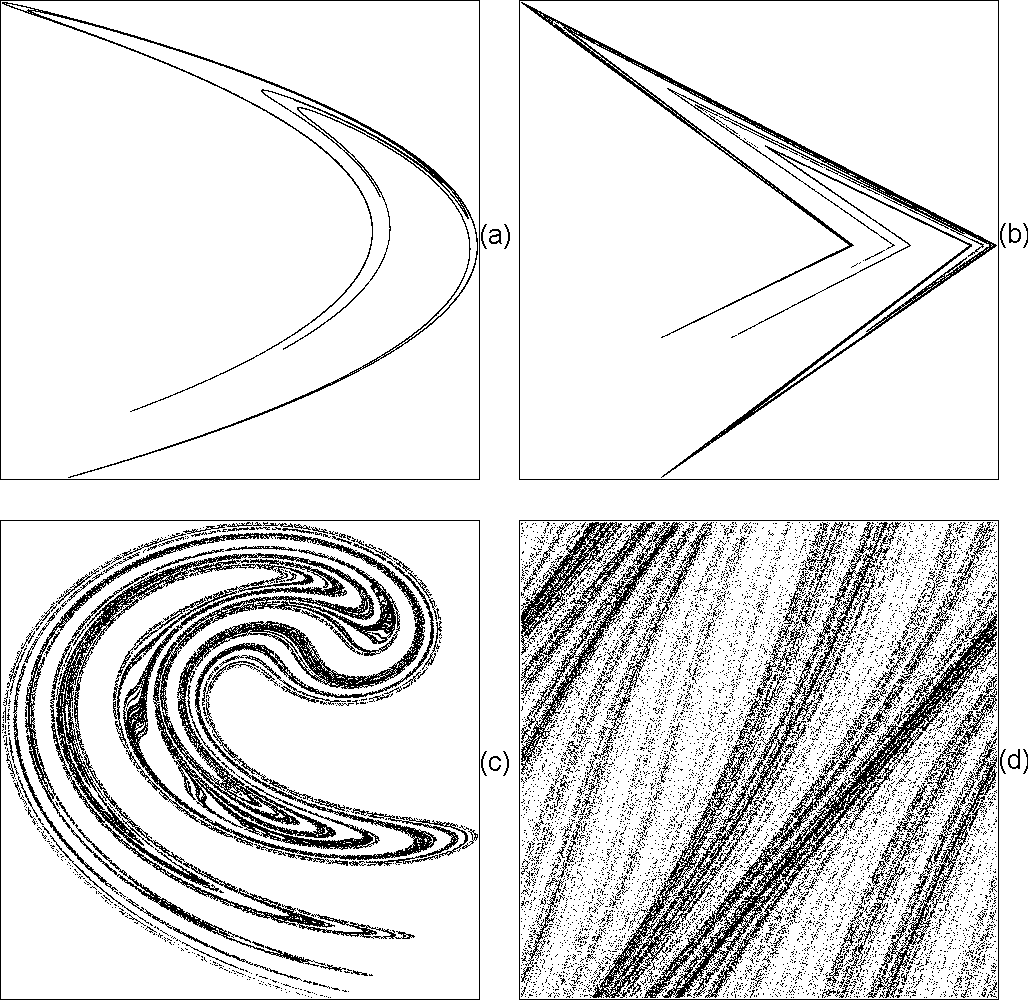
Fig. 2. Some early chaotic maps (a) Henon, (b) Lozi, (c) Ikeda, and (d) Sinai
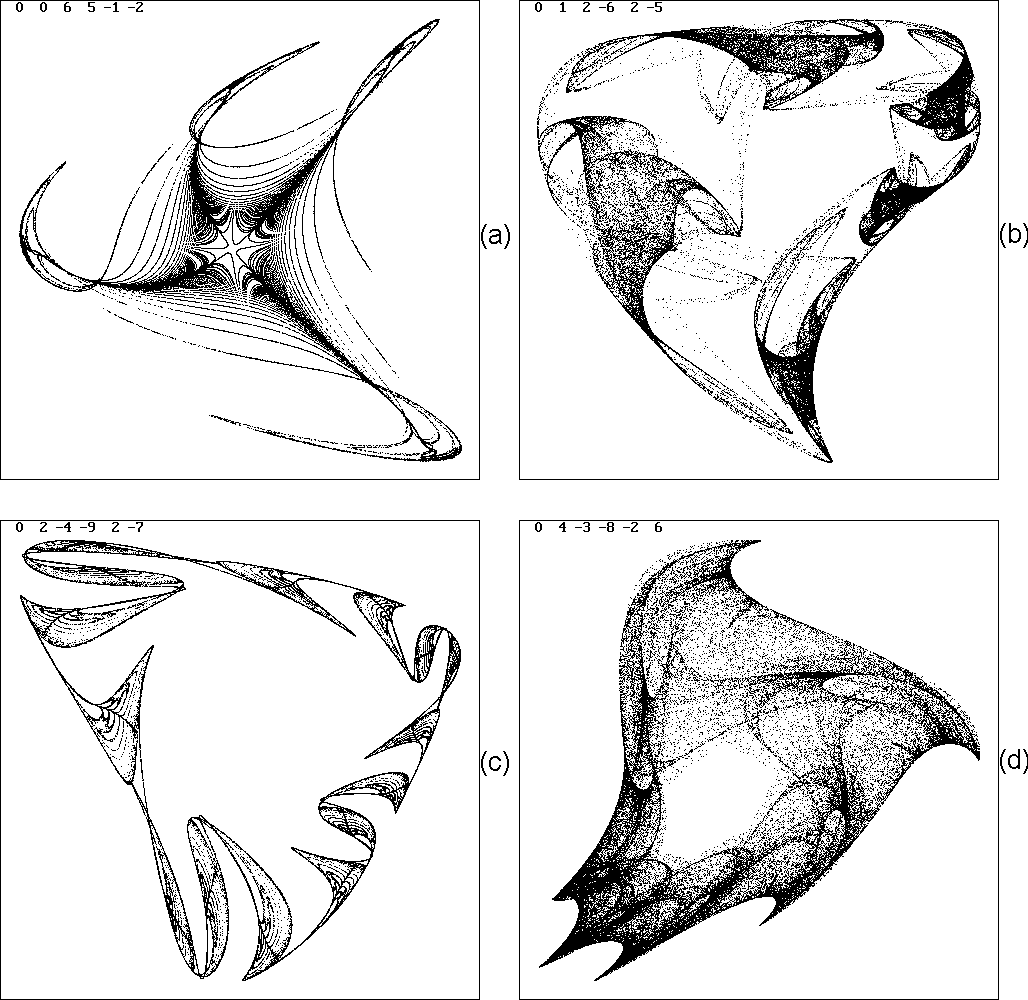
Fig. 3. Sample strange attractors from Eq. 4 for various values of the parameters a1 through a6.
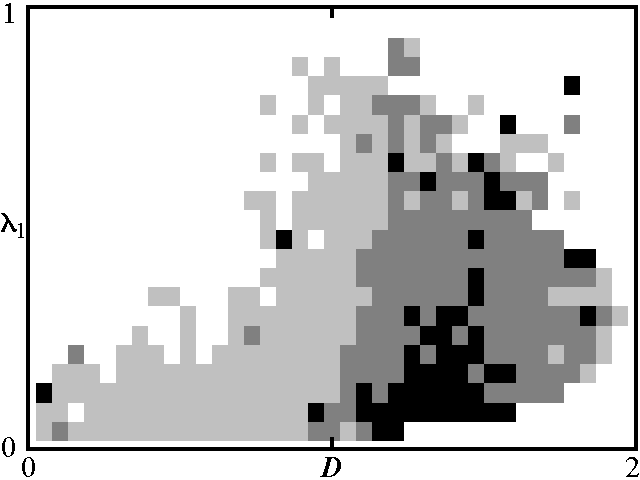
Fig. 4. Values of the largest Lyapunov exponent and fractal dimension that give the most aesthetically pleasing images are shown in darker gray.
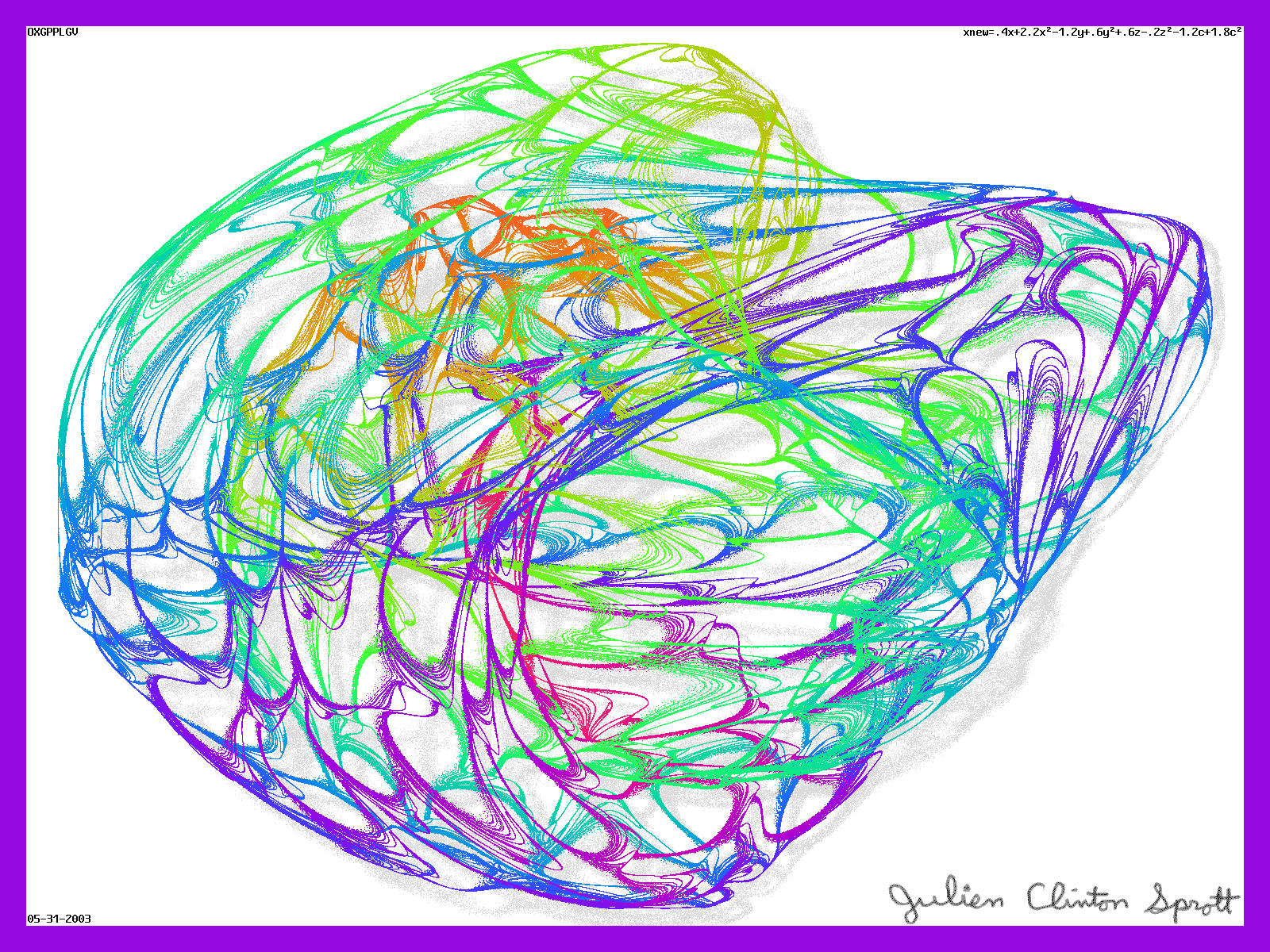
Fig. 5. Sample four-dimensional strange attractor from Eq. 5 in which one dimension is displayed by shadows and another by color.
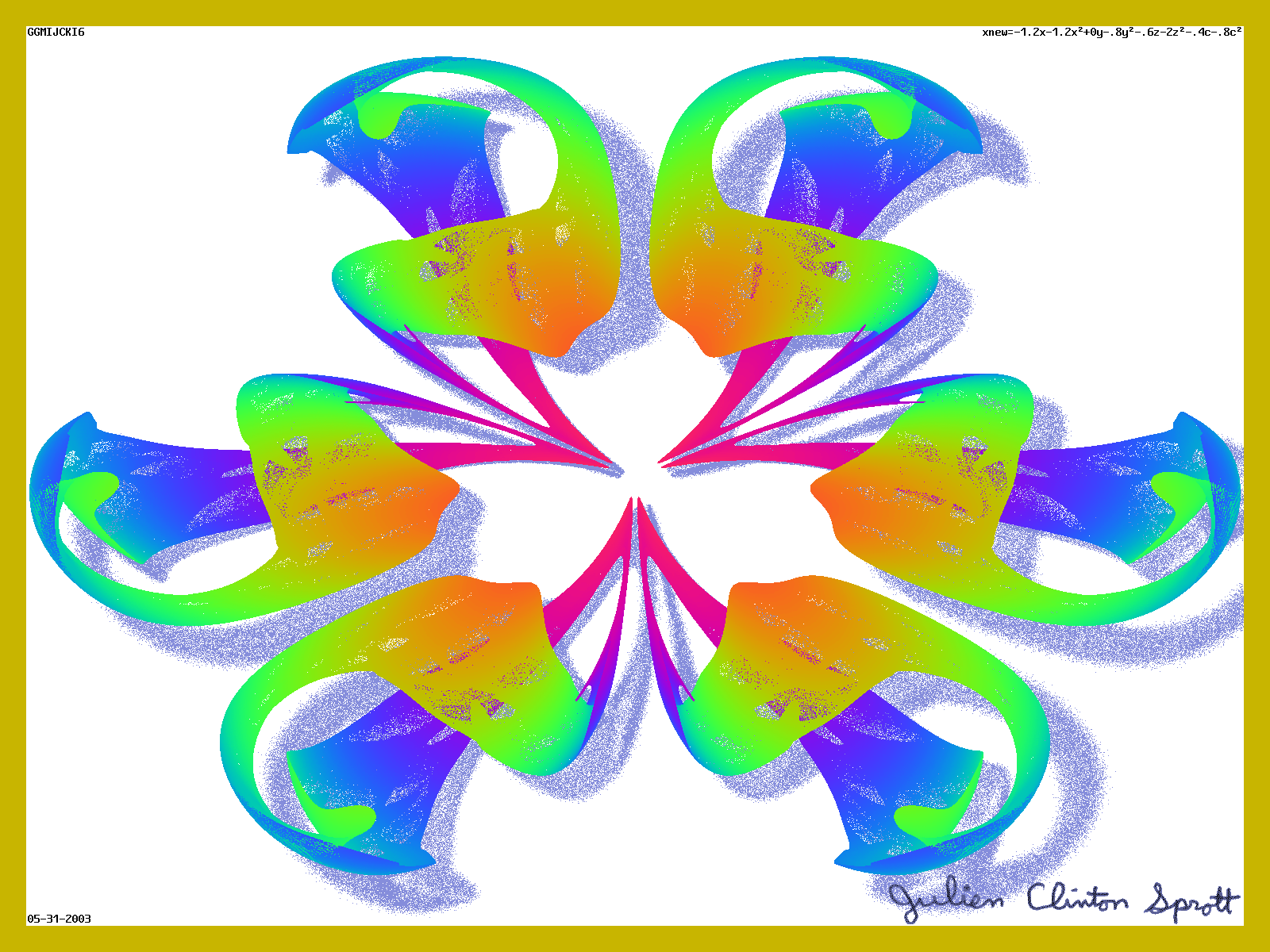
Fig. 6. Sample four-dimensional symmetric icon from Eq. 5 in which the attractor has been replicated six times around a circle.
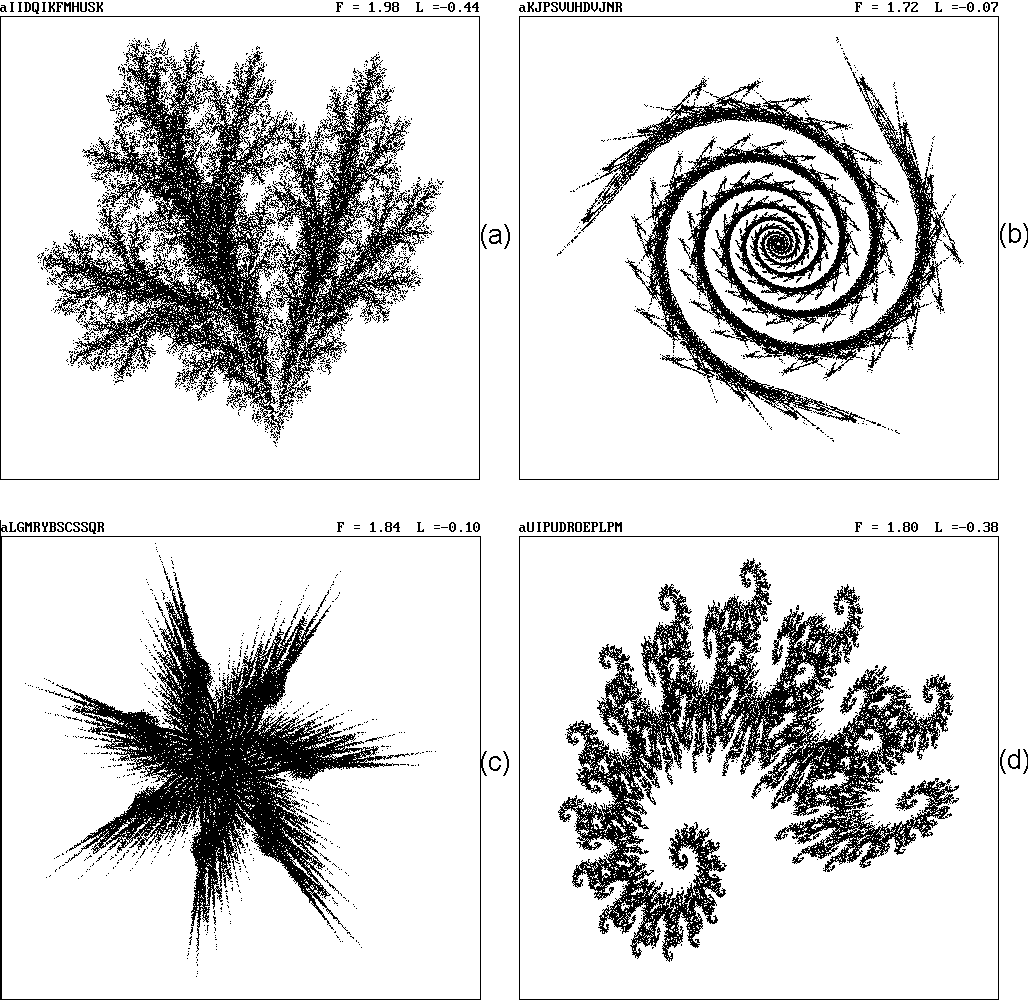
Fig. 7. Sample iterated function systems from two randomly chosen affine mappings as given by Eq. 6.
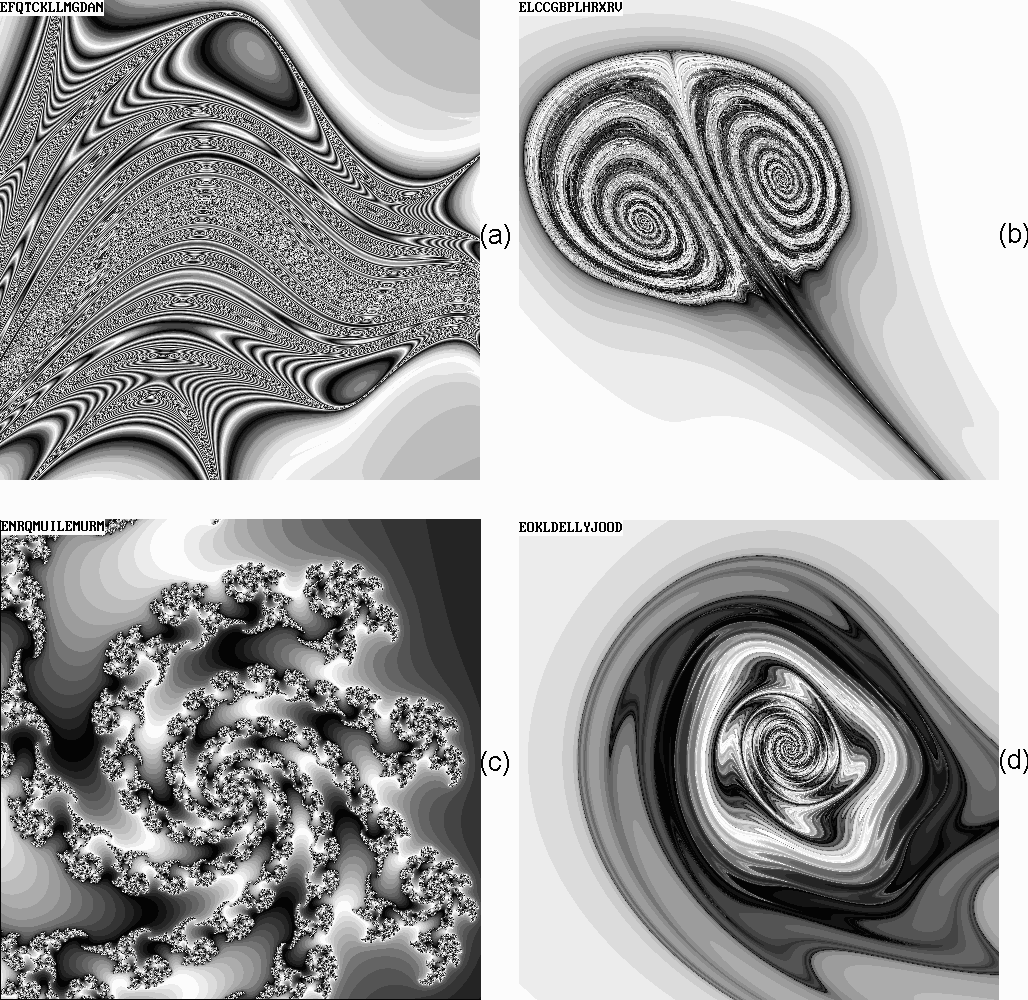
Fig. 8. Sample escape-time contours for the general quadratic map basins in Eq. 8.